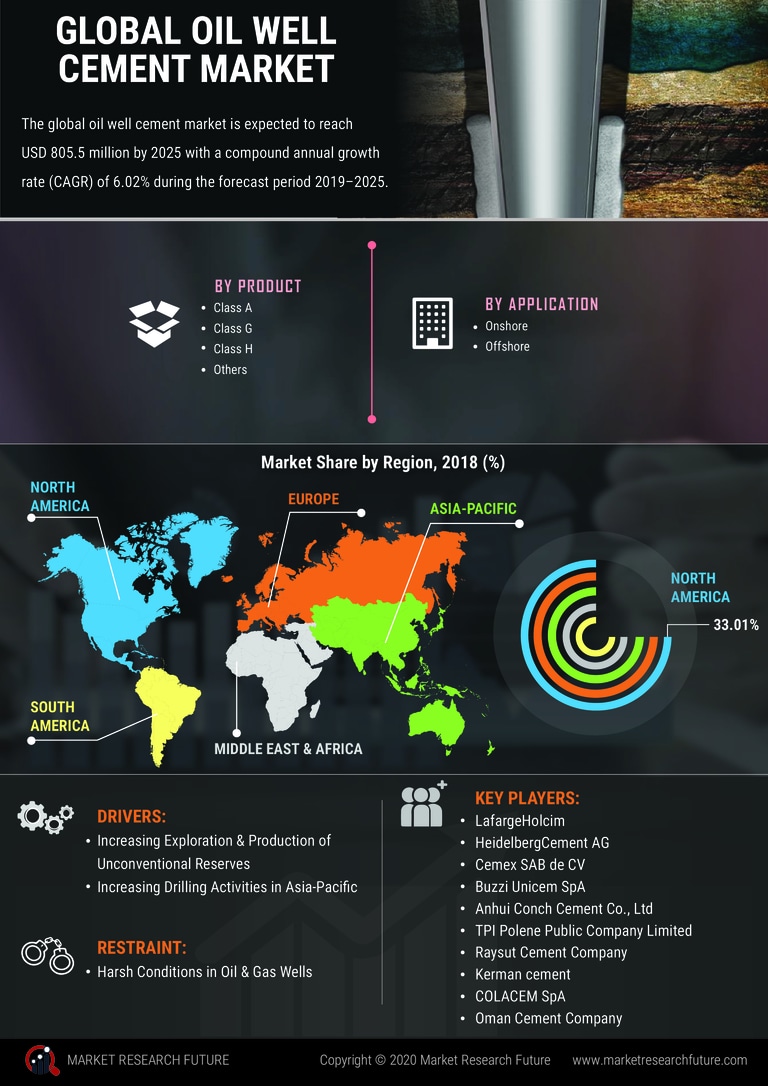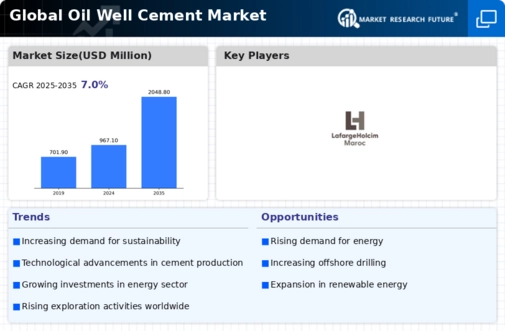Exploration and production activities
Exploration and production (E&P) activities in the oil and gas sector play a significant role in driving the demand for oil well cement. When oil and gas companies increase their exploration efforts and drilling activities, it leads to the creation of new wells or the completion of existing ones. Cementing is a critical process in well construction, as it helps secure the wellbore and isolate different formations to ensure the safe and efficient extraction of hydrocarbons.
Increased E&P activities require a corresponding increase in the use of oil well cement. Companies engage in drilling operations to tap into new oil and gas reserves, replace declining reserves, or expand production capacity. These drilling activities involve cementing well casings, which provide structural support and prevent wellbore fluid migration. Exploration activities involve identifying and assessing potential oil and gas reserves.
Once a promising reservoir is discovered, oil and gas companies construct new wells to extract the hydrocarbons. Well, construction involves drilling a hole into the ground and installing a casing string, a series of steel pipes that provide structural integrity and prevent the collapse of the wellbore. Oil well cement is used in the cementing process to ensure the well's integrity and isolate different geological formations.
Cementing involves mixing cement, water, and additives to create a slurry, which is pumped into the well annulus between the casing and the wellbore walls. The cement hardens, forming a strong and impenetrable barrier that supports the casing and prevents fluid migration between formations.
For instance, ExxonMobil announced a major oil discovery offshore Guyana in the Stabroek Block. The Whiptail-1 well encountered approximately 246 feet of high-quality oil-bearing reservoirs. This discovery adds to the growing list of oil finds in the region, and as ExxonMobil continues exploration and production activities, the demand for oil well cement will be essential for maintaining well integrity and ensuring efficient operations.
Infrastructure Development And technological advancement
Technological advancements in the oil and gas industry significantly impact the oil well cement market. As drilling technologies evolve and become more sophisticated, the requirements for specialized cementing solutions also increase. Advanced drilling techniques, such as horizontal drilling and hydraulic fracturing (fracking), have gained prominence recently. These techniques involve drilling wells at different angles and fracturing reservoir rocks to enhance hydrocarbon recovery.
They require cement materials that can withstand high temperatures, pressures, and challenging downhole conditions. Furthermore, the development of advanced additives and cementing techniques, such as foamed cement, self-healing cement, and engineered cement blends, have expanded the capabilities of oil well cement. These innovative solutions address specific challenges in well construction, such as preventing gas migration, improving cement placement, and enhancing long-term well integrity.
For Instance, In November 2021, Qatar Petroleum awarded a contract to McDermott International for the construction of storage tanks as part of the North Field Expansion project. This expansion aims to increase Qatar's LNG production capacity. The construction of storage tanks requires oil well cement for wellbore isolation and cementing operations, ensuring the integrity and stability of the infrastructure.
Rising focus on well integrity and zonal isolation
Offshore drilling in deepwater and ultra-deepwater areas presents unique challenges compared to onshore drilling. These environments are characterized by extreme conditions such as high pressures, high temperatures, corrosive fluids, and complex geological formations. As a result, cementing operations in offshore wells demand specialized solutions to address these challenges. Well integrity is crucial in offshore drilling to maintain safe and reliable operations, prevent environmental hazards, and ensure the long-term production of hydrocarbons.
Proper cementing is essential for achieving well integrity by providing zonal isolation, securing the wellbore, and preventing fluid migration between different reservoir zones. Offshore drilling operations face stringent safety and environmental regulations due to the potential risks associated with spills, leaks, and pollution in marine ecosystems. Governments and regulatory bodies impose strict standards to ensure the protection of the environment and human health.
Moreover, Offshore wells often require cement formulations with enhanced properties, such as resistance to high-pressure and high-temperature conditions, gas migration prevention, and long-term durability in corrosive subsea environments. Oil well cement manufacturers and service providers have the opportunity to develop and supply these specialized cementing solutions for offshore projects.
The global oil well cement market appears to be experiencing a steady demand driven by the ongoing exploration and production activities in various regions, suggesting a robust outlook for the sector.
U.S. Energy Information Administration











